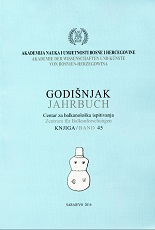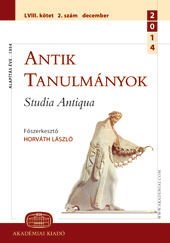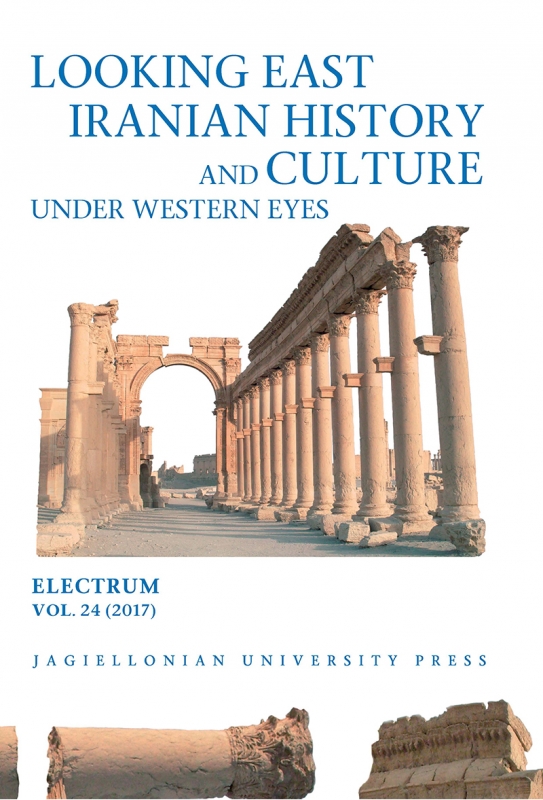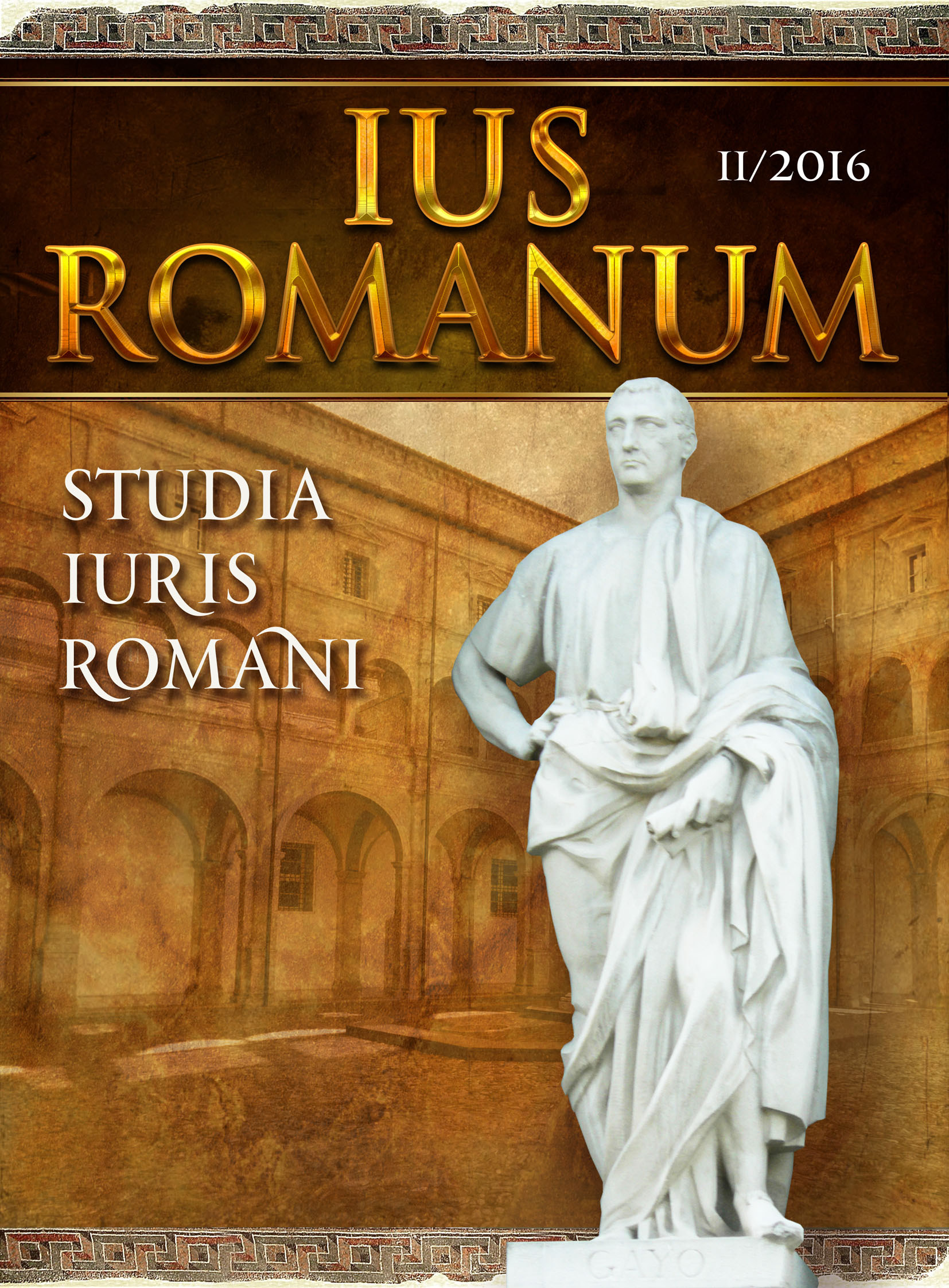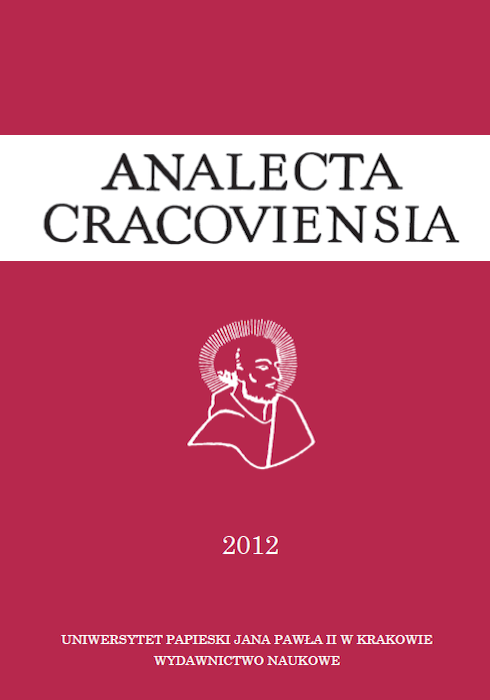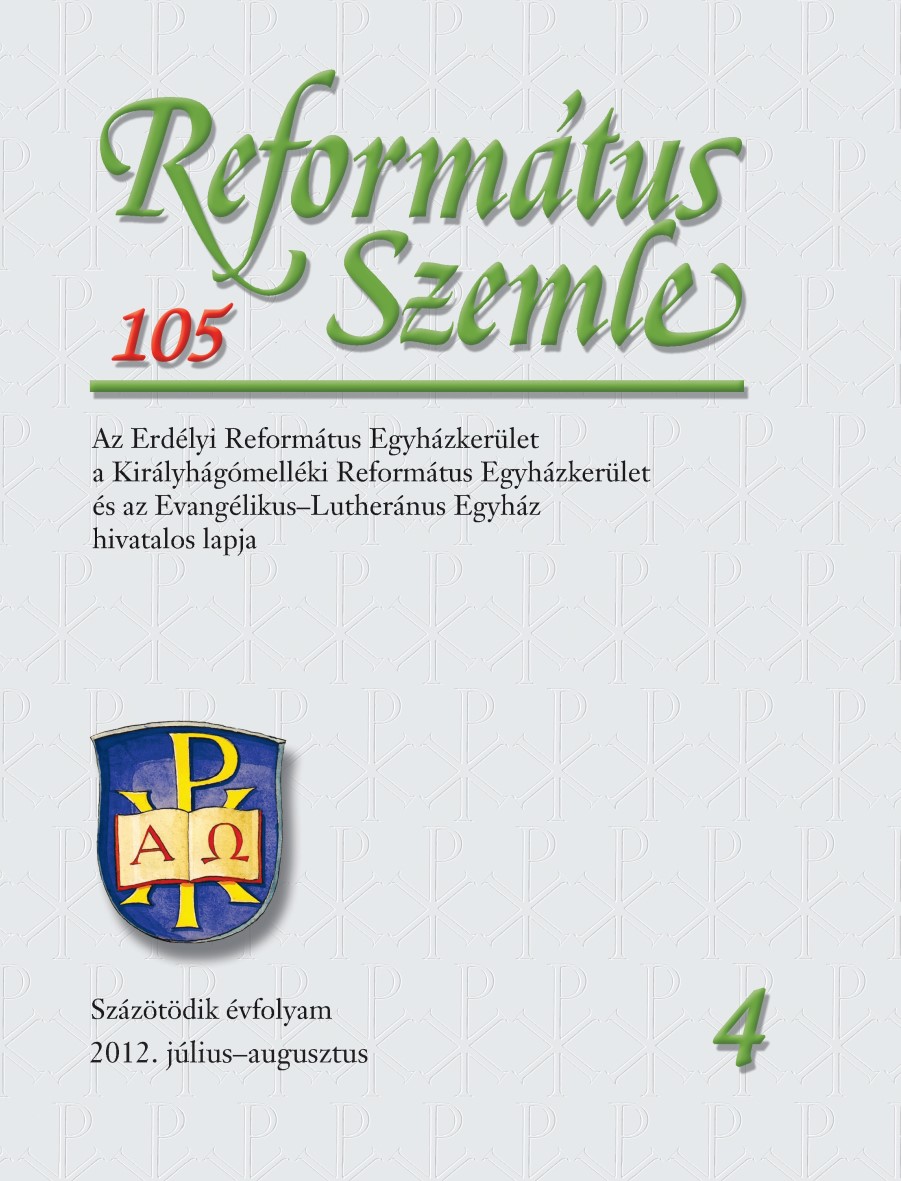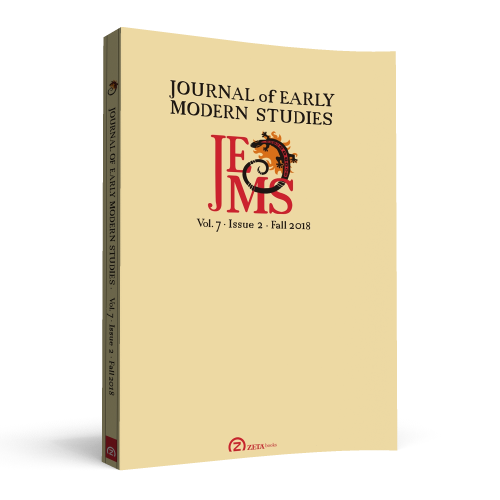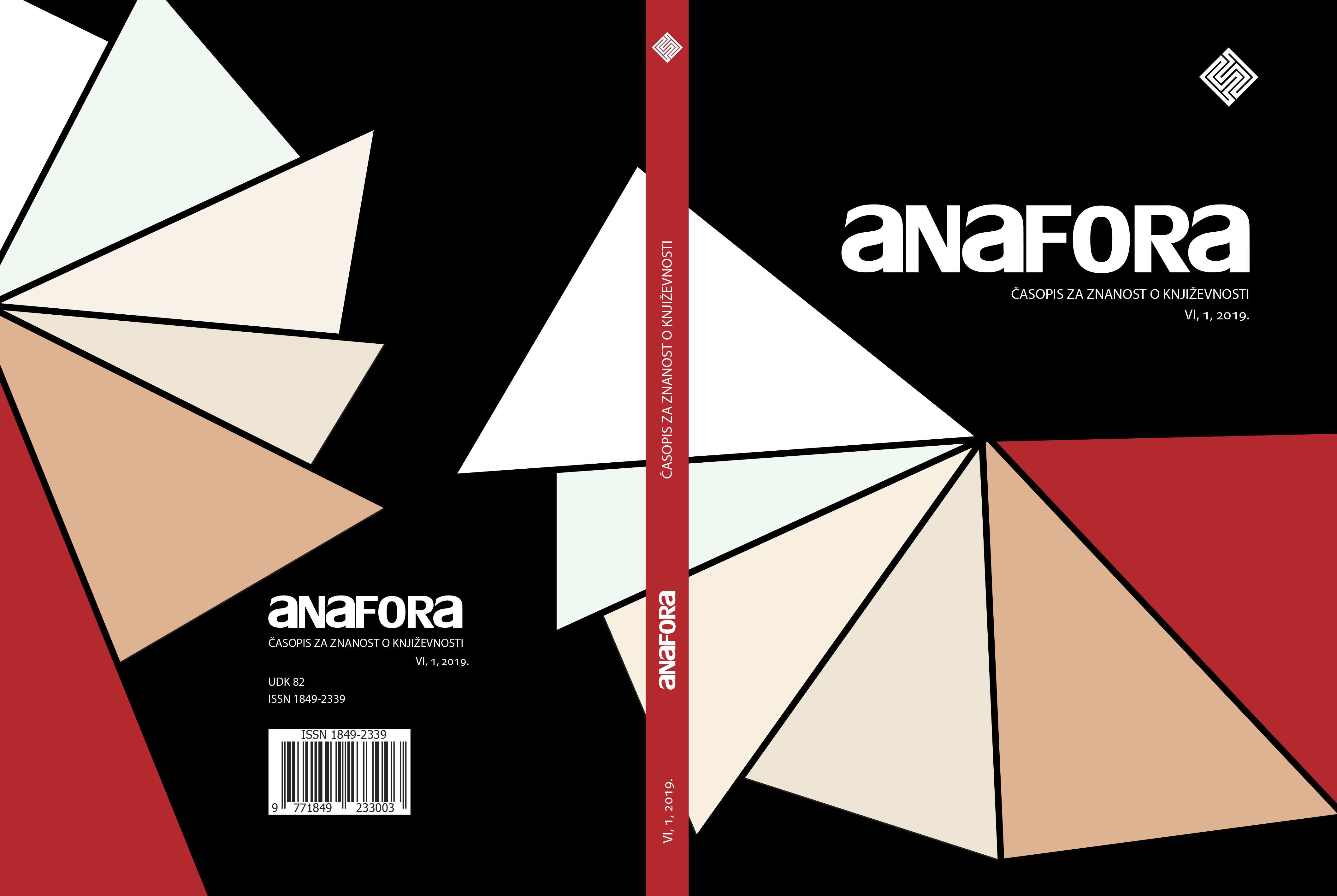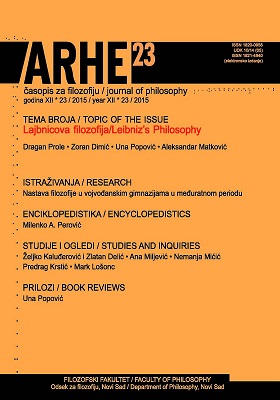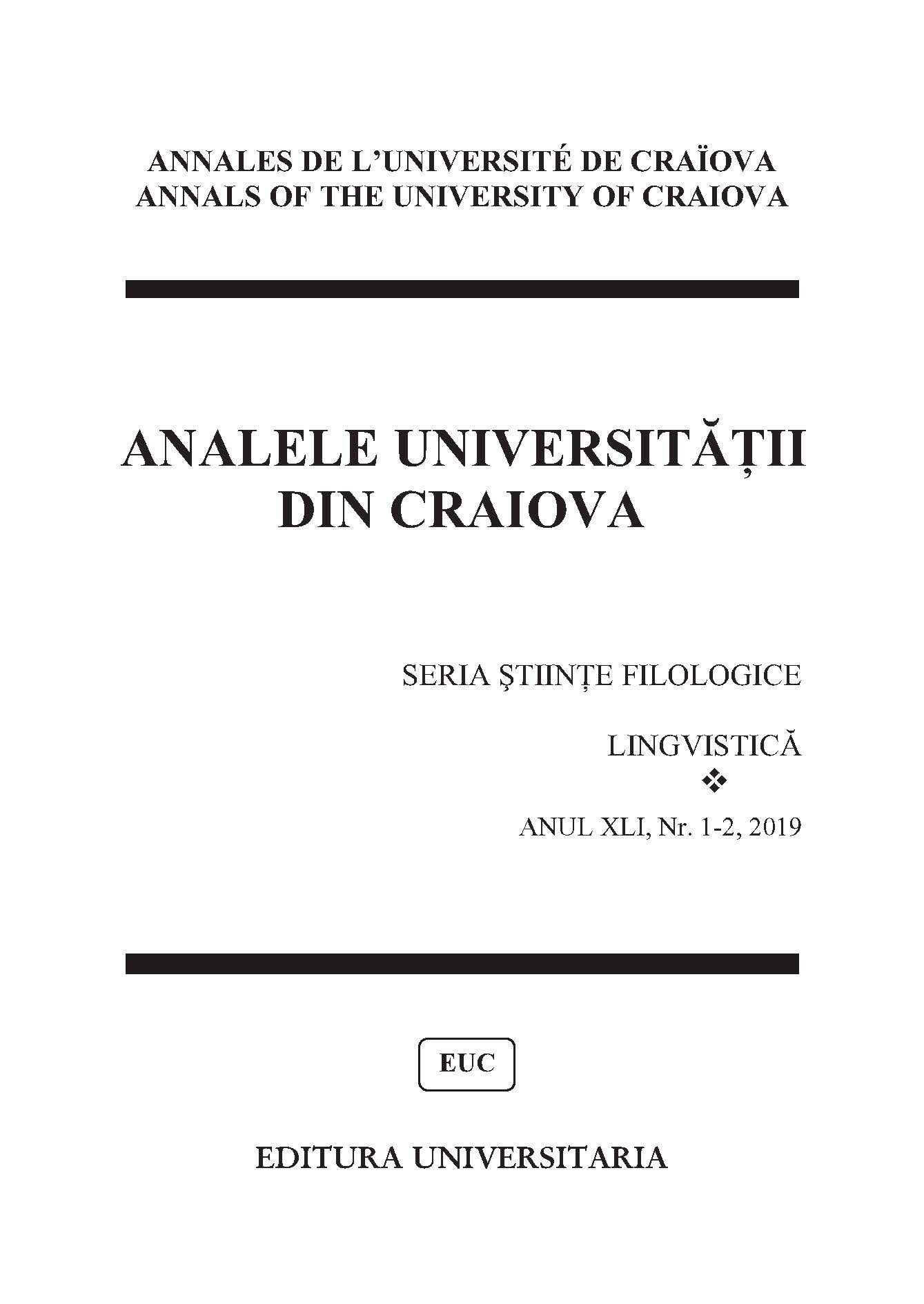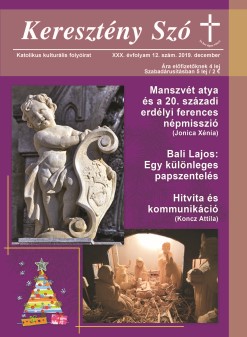Пророчествата на много(на)дарения
Author(s): / Language(s): English,Bulgarian
/ Issue: 20/2012
The submitted essay deals with the origin and development of the mythological figure of Polydorus (the translation of the name from Ancient Greek means as much as „many-gift[ed]”) and its eventual rooting in well-known ritual practices in Ancient Thrace. Although the name comes up already in Homer’s Iliad, in ancient-Greek literary tradition it is generally associated with Euripides’ tragedy Hecuba (dated to ca. 425 BC, mostly because of the occurrence in its text of allusions to the revival of the Delos Festivities in 426 BC). The whole conception of the tragedy Hecuba seems to be organized namely with a view to the localization of the tragic action in Thrace, in an explicit Thracian context; this fact has presumably led a number of researchers preoccupied with its study to the assumption that the mythological figures of Polydorus and of the Thracian king Polymestor are not to be regarded as a result just of Euripides’ purely poetical fantasy – they have rather been loaned from some local “gloomy” myth from the Thracian Chersonese. Does it seem possible to reconstruct an eventual cult situation pre-conditioned by the Thracian localization of the action of the tragedy feeding up the tragic characters in Euripides’ tragedy? The exposition is organized in 3 main groups of source problems: 1. In the first place is considered the mythic-literary complex related to the epiphany and prophecies of Polydorus in the context of Euripides’ tragedy Hecuba and its literary tradition. The appearance of the ghost of Polydorus deliberately removes the pathos of the tragedy from the figure of Achilles and his traditional ritual space in Troas (eventually near Sigeon, where the ancient authors localized Achilleion and the burial tumulus of the hero) in Thrace, and, respectively, on the Thracian Chersonese. Through the incorporation of the ritual space of the Thracian Chersonese into the range of events in his tragedy Euripides created a new model of the dramaturgic space, also adding a new functionality to it by means of the metaphoric image of Ancient Thrace as identification of the specific border area and borderline situation of the tragedy crisis. One may suppose however that the author suggested this particular approach in the literary interpretation of the mythological material not so much as a response to his dramaturgical prototypes – whoever they might be – as rather as following the logics of the Thracian localization of the events of the tragedy action. 2. All this also very clearly indicates the post-Euripidean tradition about Polydorus considered in the second place in the submitted essay. After the staging of Euripides’ tragedy Hecuba in the last quarter of the 5th century BC the mythological figure of Polydorus “was revived” only during the 2nd century BC through the imitations of Roman tragedians like Ennius (Hecuba), Pacuvius (Iliona), and Accius (Hecuba). The mythological narrative about Polydorus in Latin literature – especially the version of Pacuvius (Iliona) and the Chronical of the Trojan War, referred to Dictys of Crete and dated to AD 4th century – is an original evolvement-interpretation of the Euripidean tradition merging anonymous sources of mythology with Homeric elements. 3. The most significant tendency of development of the mythological narrative on Polydorus offers the tradition connecting Polydorus’ prophecies with the founding of the city of Aineia (Αἴνεια; Aene(i)a; alternatively – Aineiadai as designation of its inhabitants, as well as of the city of Aenus situated on the shore of the river Hebros), assigned to Aeneus. This tendency reveals an earlier circle of sources, alternative to the tradition of the foundation of Alba Longa, where Aeneus founds an eponymous city in Thrace and dies (or – his father Anchises) being buried there as a heros oikistes. An integral moment of a great part of the mythic-literary versions is the specific cult situation surrounding an underground mystery sanctuary (tumulus or cave) with a prophesying (anthropodaemonized) “Bacchus’ prophet” identified with the epic hero Polydorus. Certainly, the Roman authors oriented their efforts towards the developing of the conception on the foundation of Alba Longa by Aeneus, omitting the earlier mythographic details about the stay of the hero in Thrace. 4. Finally, last but not least, the literary material is analyzed in the Dionysian context of the tragedy conceptualization of Euripides’ Hecuba, where oracular dreams, prophecies and Bacchic associations frame up the mythic-dramaturgical events as a whole. The outlines of the Dionysian ritual space, in which the action of the tragedy Hecuba is embedded, appear dramaturgically sealed by some additional artistic strokes deliberately loading the women of Troy with Dionysian characteristics. The conclusion yields the hypothesis that we may possibly be facing a literary, respectively dramaturgic reinterpretation of a cult situation surrounding an underground mystery sanctuary (tumulus or cave) with an anthropodaemonized “Bacchus’ oracle” prophesying there, in this case identified with the (pseudo-) Homeric hero Polydorus. It seems very probable that Euripides merged the image of the epic hero Polydorus, generally associated with Dionysos, with the figure of the local Thracian anthropodaemonic prophet, towards which a sanctuary with an oracle site of Dionysian type leans, thus laying the beginnings of a new literary tradition. The pattern of the mythical creation might appear identical with that of the tragedy Rhesus ascribed to Euripides. Reconstructible seems also the steady mythological core and the ritual complex related to the founding of a new city, along with the required underground mystery sanctuary (tumulus or cave) with a prophesying (anthropodaemonized) oracle (“Bacchus’ prophet”) there, as an alternative to the Delphic oracle site.
More...



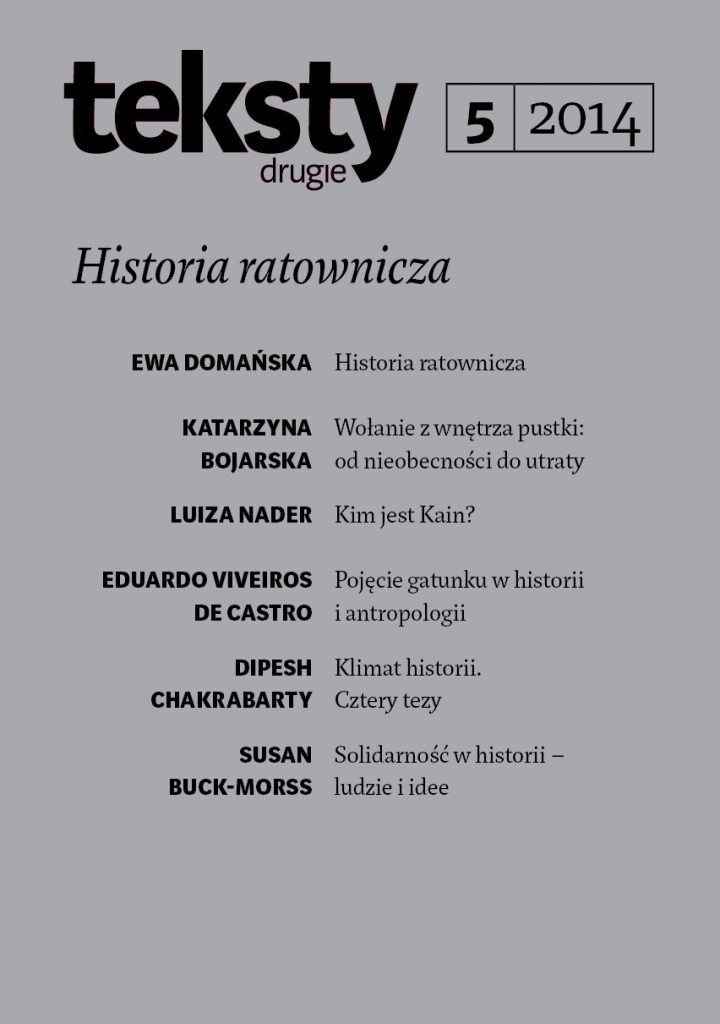

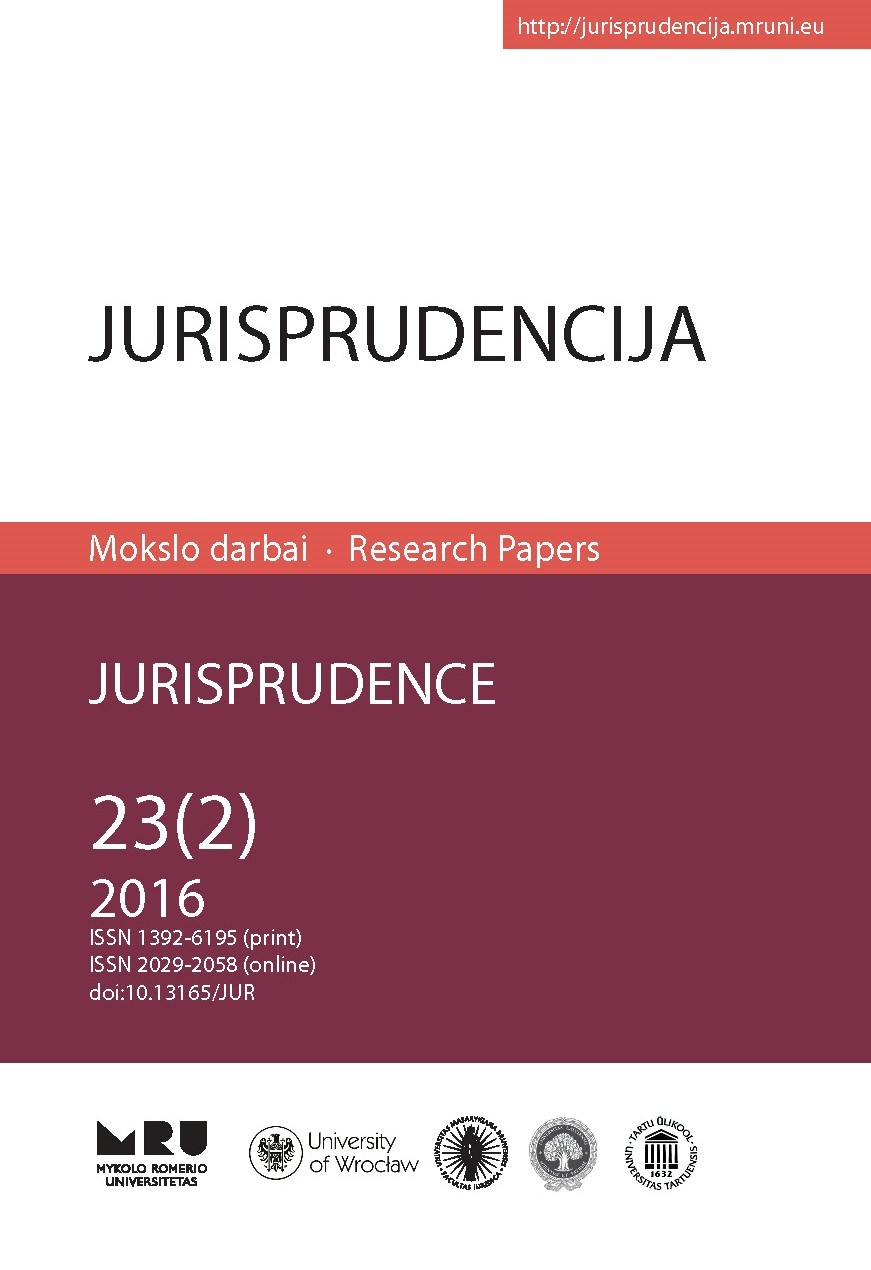
![The Prophecies of the “Many-Gift[ed]”](/api/image/getissuecoverimage?id=picture_2012_31508.jpg)
